Affiliate links on Android Authority may earn us a commission. Learn more.
Why HUAWEI's processor coming to the US is a big deal
Published onAugust 19, 2016
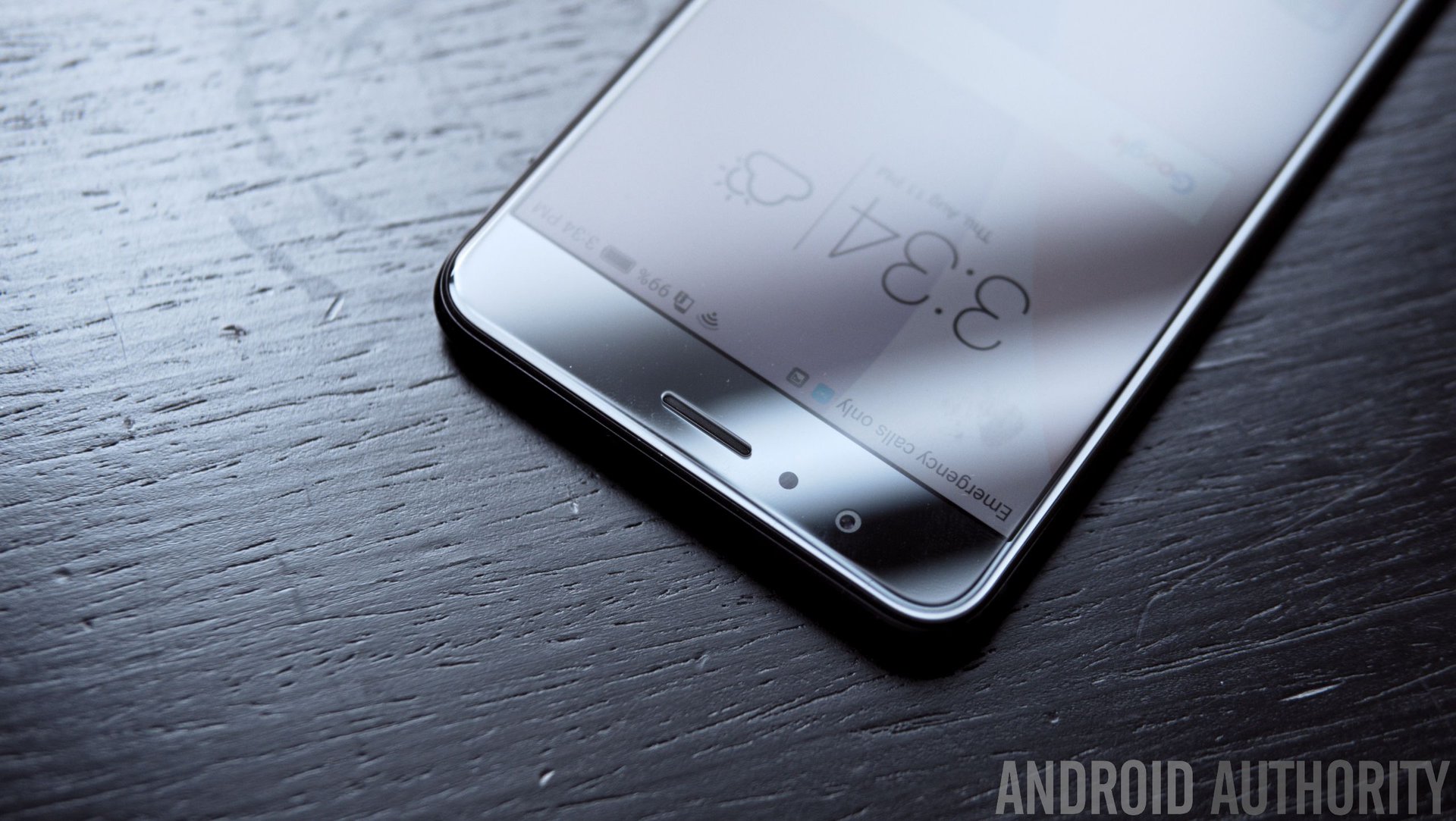
The launch of the HONOR 8 in the US is a big event for HUAWEI, Honor, and the smartphone industry. Not only does this pile on the price pressure for high-end products in the US, as we’ve already seen in the EU and Asia, but HUAWEI is also moving into Qualcomm’s territories by bringing its Kirin processors across the ocean. So, let’s take a look at just how HUAWEI’s latest US release stacks up against the best processors from Qualcomm and Samsung – the Snapdragon 820 and Exynos 8890.
The HONOR 8 isn’t HUAWEI’s first US release this year, the mid-range HONOR 5X appeared in January with a Snapdragon 616 chip. However, it is the first HUAWEI smartphone to arrive in the US with the company’s own HiSilicon Kirin 950 processor at its core. HiSilicon is fab-less semiconductor company based in China that is owned by HUAWEI. Along with its in-house processor designs, HiSilicon also designs wireless networking chip-sets for various electronic devices.
Specifications
The Kirin 950 is a major step up in performance from the last-gen 935, thanks to its use of ARM’s high performance Cortex-A72 CPUs. In fact, the company uses ARM technology across the Kirin 950’s CPU, GPU and interconnect components. The octo-core big.LITTLE design is very reminiscent of Samsung’s Exynos series and last year’s Snapdragon 810 and 808 chipsets. Meanwhile, Qualcomm and Samsung have moved on to designing their own high performance CPU cores for this generation of processors. Not that this necessarily lends them a performance advantage, but we’ll look at that in more detail later.
| Kirin 950 | Snapdragon 820 | Exynos 8890 | |
|---|---|---|---|
Cores | Kirin 950 8 | Snapdragon 820 4 | Exynos 8890 8 |
CPU big | Kirin 950 4x Cortex-A72 @ 2.4GHz | Snapdragon 820 2x Kryo @2.15GHz | Exynos 8890 4x Exynos M1 @ 2.6GHz |
CPU little | Kirin 950 4x Cortex-A53 @ 1.8GHz | Snapdragon 820 2x Kryo @ 1.6GHz | Exynos 8890 4x Cortex-A53 @ 1.6GHz |
GPU | Kirin 950 Mali-T880 MP4 @ 900MHz | Snapdragon 820 Adreno 530 @ 624MHz | Exynos 8890 Mali-T880 MP12 @ 650MHz |
Memory | Kirin 950 LPDDR4 | Snapdragon 820 LPDDR4 | Exynos 8890 LPDDR4 |
Bandwidth | Kirin 950 25.6GB/s | Snapdragon 820 28.8GB/s | Exynos 8890 28.7GB/s |
Fab | Kirin 950 16nm FinFET | Snapdragon 820 14nm FinFET | Exynos 8890 14nm FinFET |
Modem | Kirin 950 Cat 6 300Mbps down 51Mbps up | Snapdragon 820 Cat 12/13 600Mbps down 150Mbps up | Exynos 8890 Cat 12/13 600Mbps down 150Mbps up |
The Kirin 950 features two quad-core clusters, one comprising of Cortex-A72 cores and the other made up from four energy efficient Cortex-A53 cores. Samsung sports a similar design with its octa-core Exynos design, while Qualcomm has gone back to a quad-core configuration built entirely from its own Kryo CPU design. Importantly, HUAWEI has had its processor manufactured on a similar 16nm FinFET design to the 14nm process used by the Snapdragon 820 and Exynos 8890. This allows HUAWEI to offer similar clock speeds and performance as its competitors, while also enjoying the same energy efficiency savings.
The Kirin 950 was also the first processor to implement ARM’s latest high performance Mali-T880 GPU, in a quad cluster configuration. Samsung’s Exynos 8890 packs in a 12 core version of this GPU, albeit with a lower clock speed. The Kirin 950 also doesn’t quite keep up with the other two processors in terms of memory or LTE speeds, although consumers certainly won’t find these a bottleneck in the vast majority of situations.
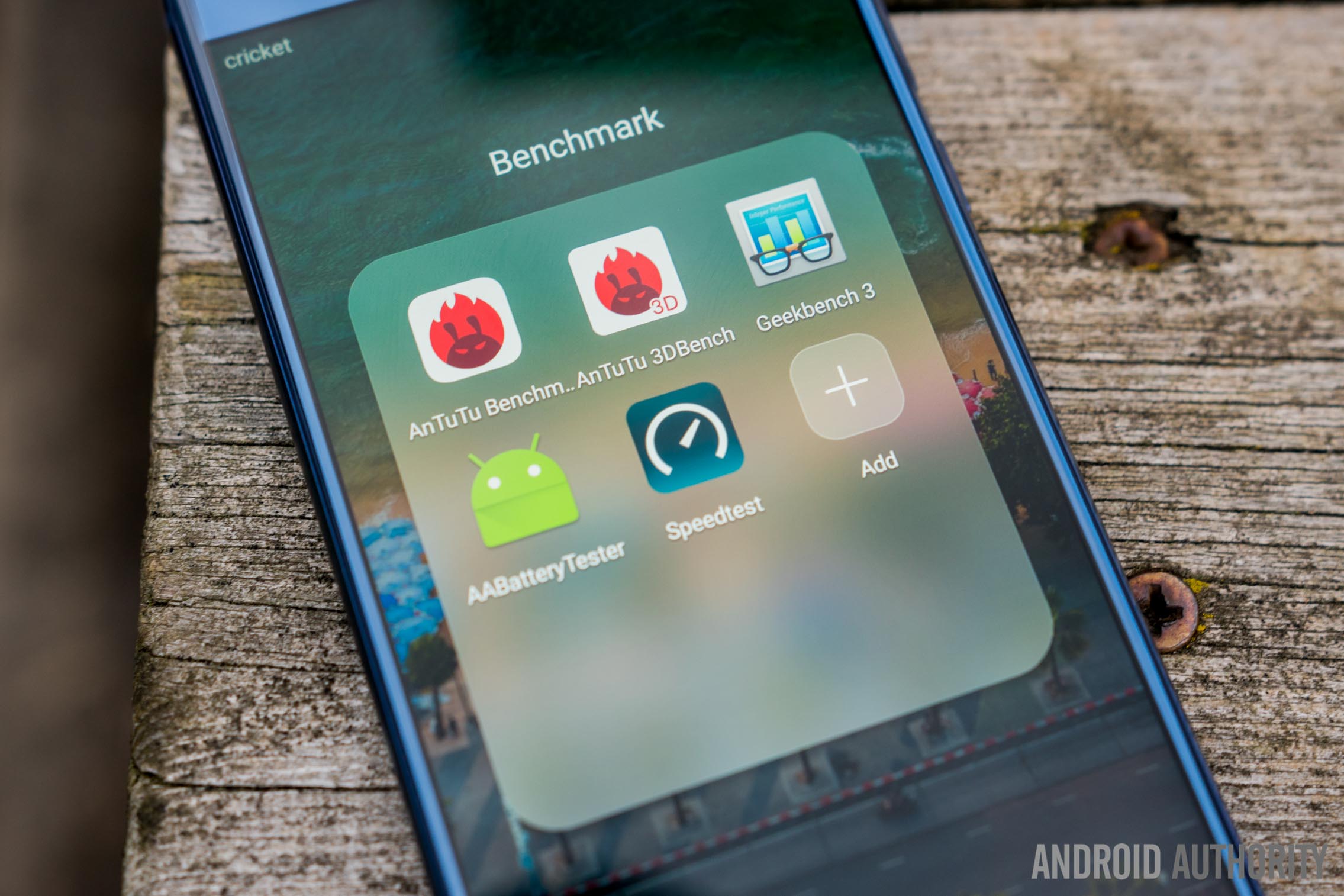
Benchmarks
We shouldn’t trust benchmarks too much when it comes to gauging day to day performance, but they are a handy way to get a rough idea about where processors sit in comparison to one another. Given that the Kirin 950 boasts very similar CPU and memory specifications to other high-end chips, we could certainly see compatible CPU results. GPU results may be a little more disappointing though, as the Mali-T880 MP4 won’t pack quite as much punch as Samsung’s 12 cluster equivalent.
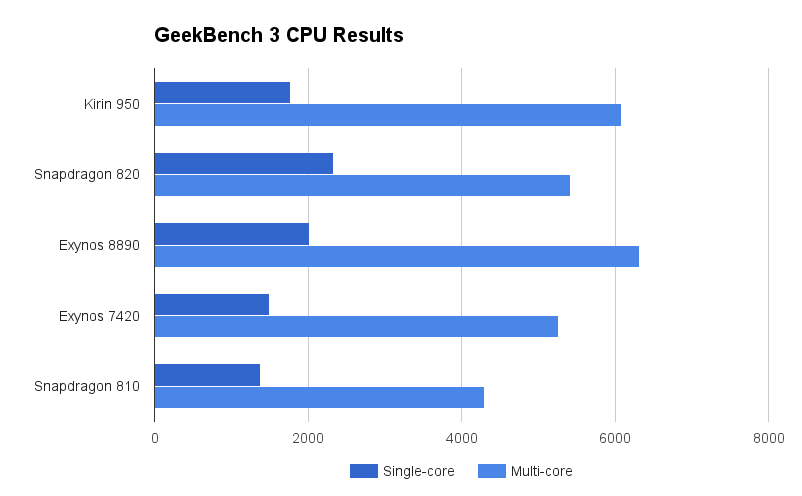
Indeed, HUAWEI’s processor matches up with our expectations in the CPU department. The Cortex-A72 hands in a notable single core performance increase over last year’s Cortex-A57 based designs, and keeps up with Samsung’s Mongoose core. Qualcomm’s Kryo pulls ahead with its single core performance, but when it comes to multi-core, Samsung’s Exynos 8890 and the Kirin 950 are the fastest chips around right now.
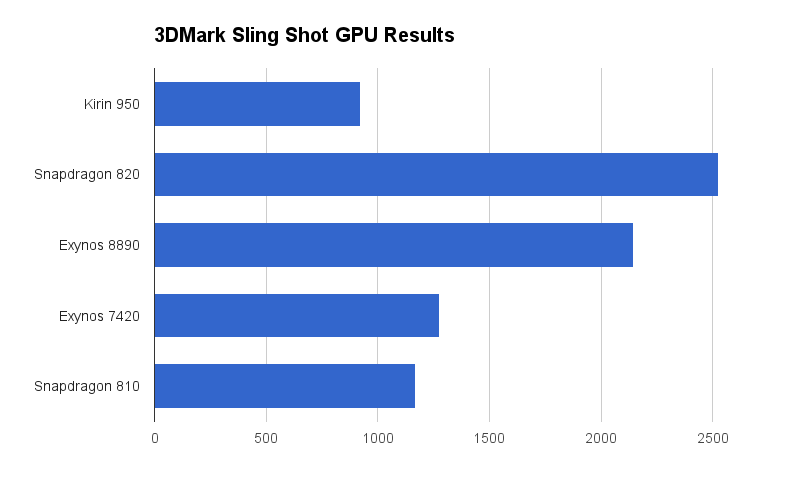
The Mali-T880 MP4 isn’t quite a match for the generational leap in Qualcomm’s Adreno graphics architecture or Samsung’s beefier Mali-T880 MP12. Still, when paired up with 1080p panels like the one on the HONOR 8, performance should still be more than adequate for the vast majority of games out there. As an example, the Kirin 950 hands in 59fps at 1920×1080 running the Epic Citadel test, while a last-gen Exynos 7420 running at 2560×1440 manages just 49fps.
One of the major benefits of designing an in-house processor is being able to optimize the design to match the other components that are going to feature inside a particular device.
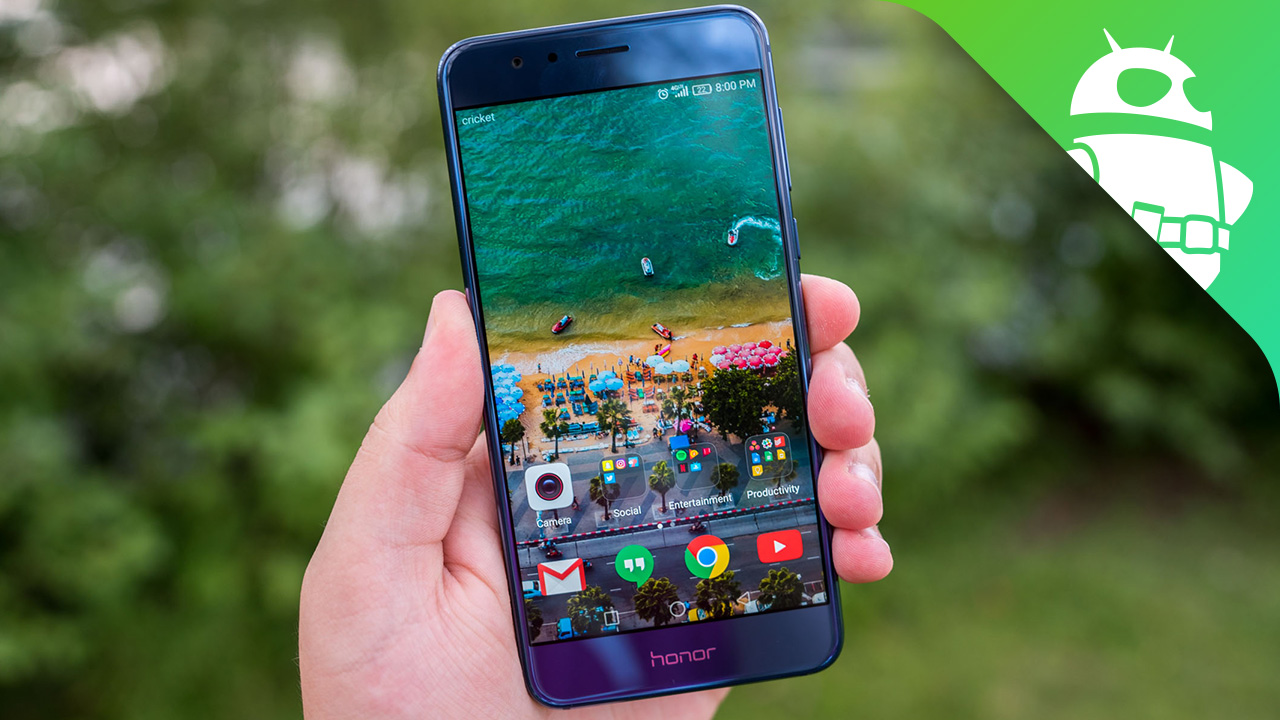
Looking forward
For a package that costs just $400, a fraction of the latest flagship smartphones such as the $850 Galaxy Note 7, the HONOR 8 packs a fair punch thanks to its in-house processor. This strategy of knowing just where to pinch and compromise has already seen the HONOR brand undercut its competition and quickly gather a decent market share in Europe. US processor and smartphone manufacturers now also have some noteworthy competition to watch out for, although not at the very top of the market just yet.
Qualcomm certainly isn’t at risk of losing business or chip sales to HUAWEI’s Kirin chip in the foreseeable future; that isn’t the plan. Although HUAWEI has signaled an intention to start selling its designs to a small number of Chinese OEMs. The situation is likely to be much closer to Meizu’s purchase of Samsung Exynos chips. However, every handset sale that competitively priced HONOR phones can pinch from more expensive Qualcomm using competitors will be a concern. Especially if Samsung decides to turn away from Qualcomm chips again.
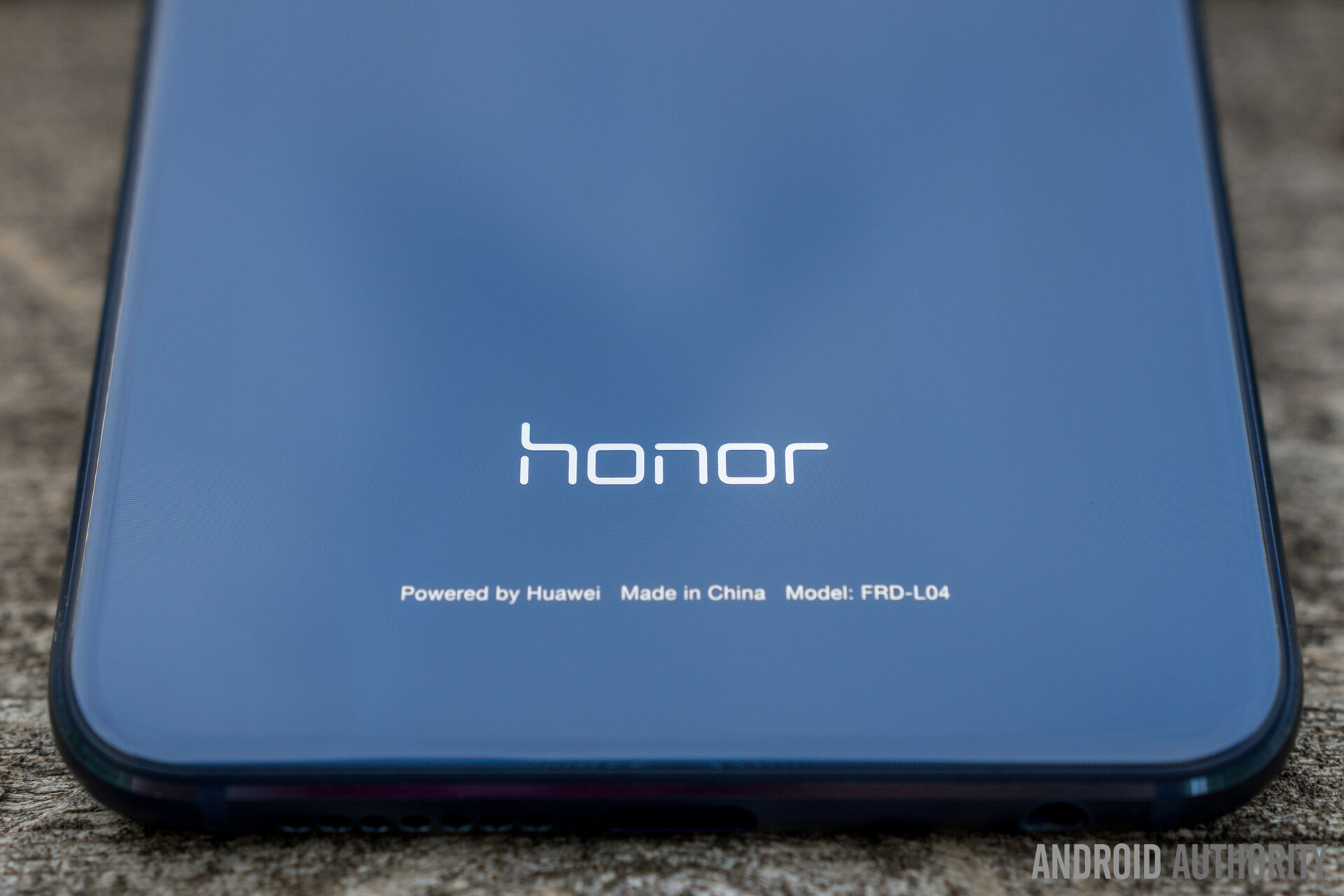
By designing its own processors, HUAWEI is clearly signalling that it considers itself up at the top with Apple and Samsung, while also eking out small advantages over a generic Qualcomm chop by optimizing and tailoring its processors specifically to its products. Time will tell how well this works out over future product generations, but HUAWEI looks mighty serious about its intentions.
[related_videos title=”A LOOK AT THE HONOR 8″ align=”center” type=”custom” videos=”709985″]
Interested in the honor 8? You can find it at the following retailers:



